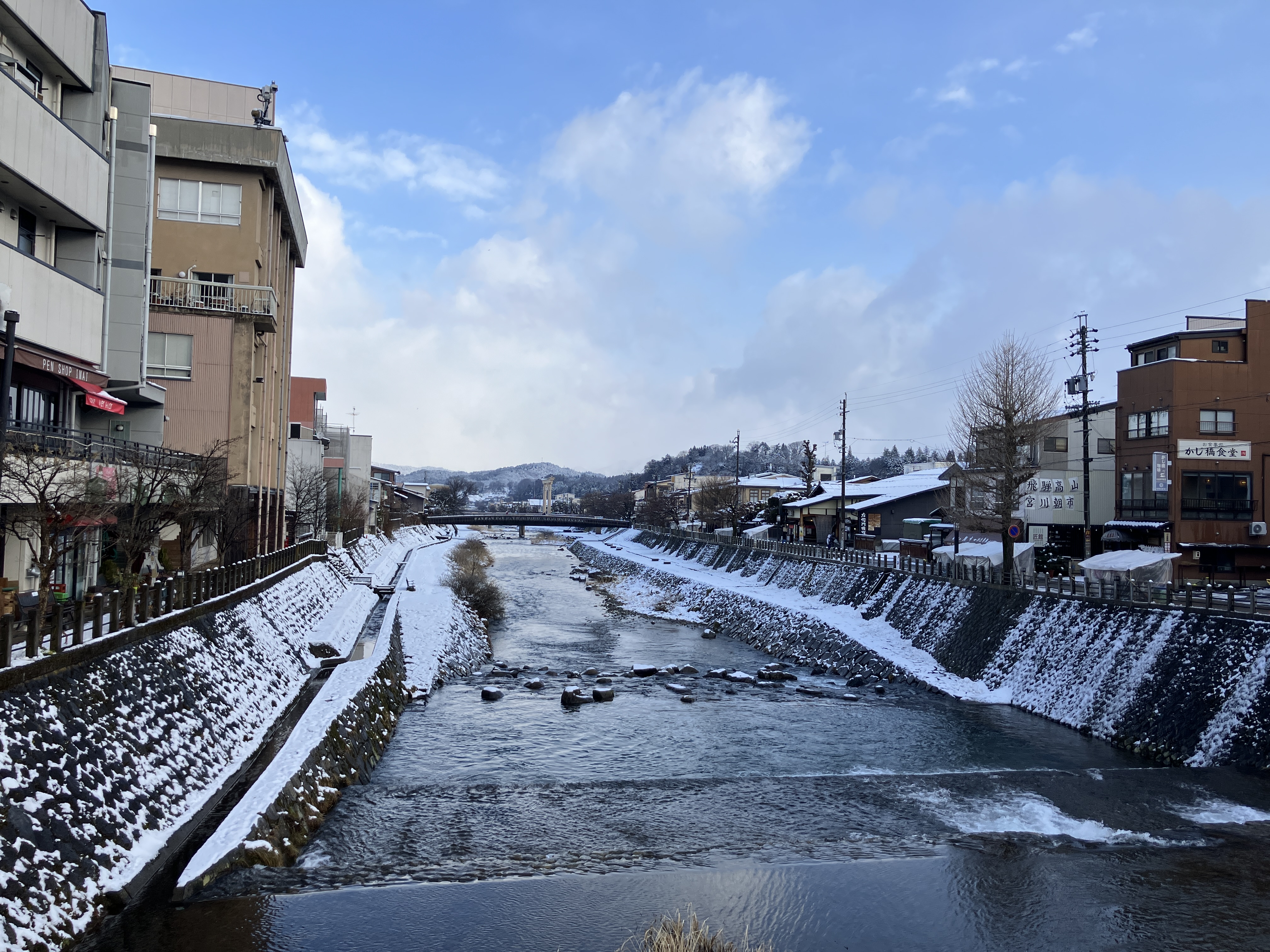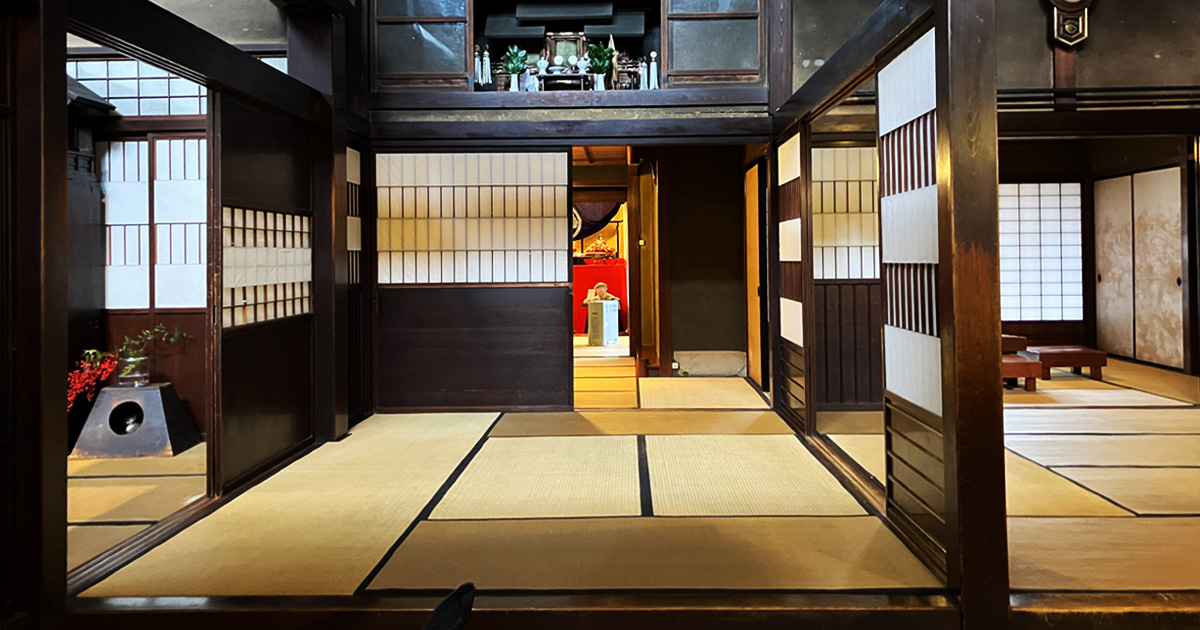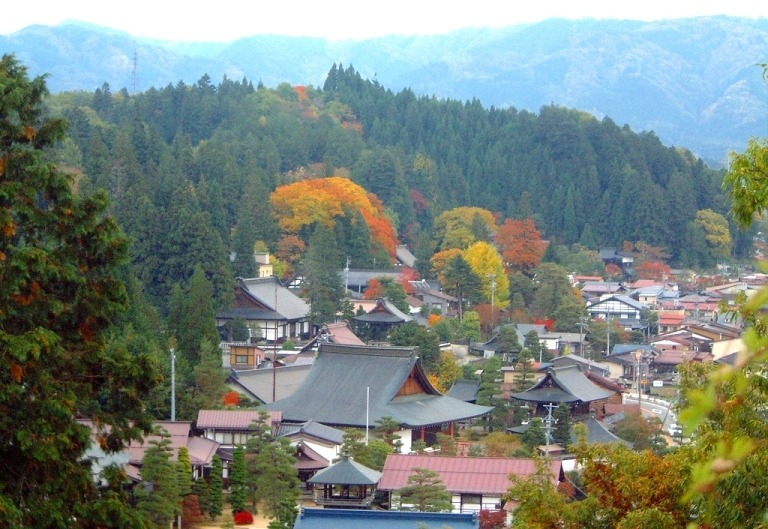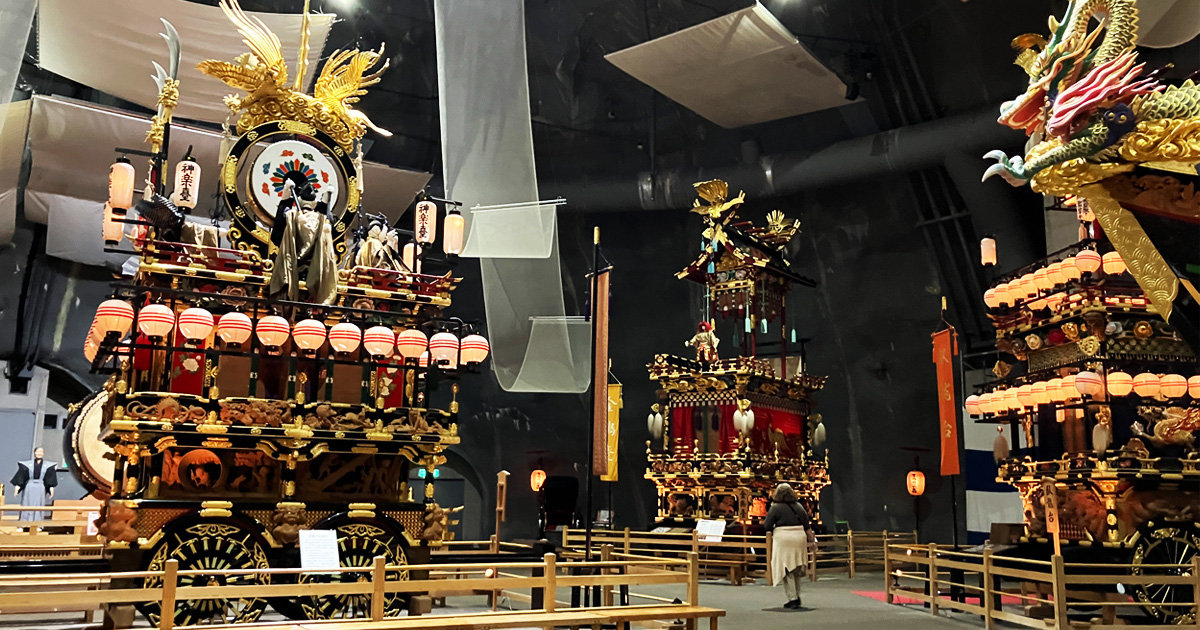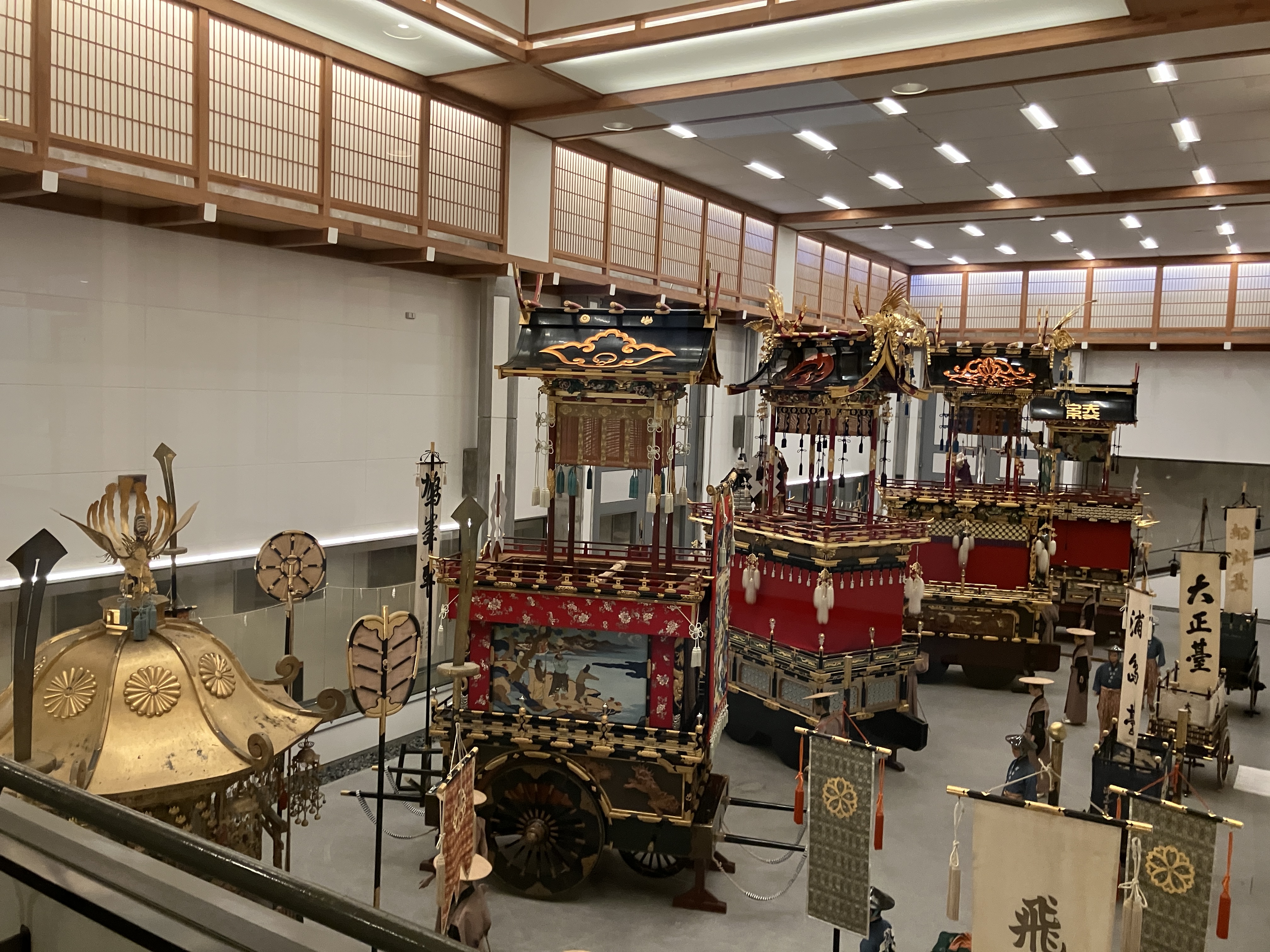Takayama-Jin’ya | The only place where you can see existing structure of Edo period
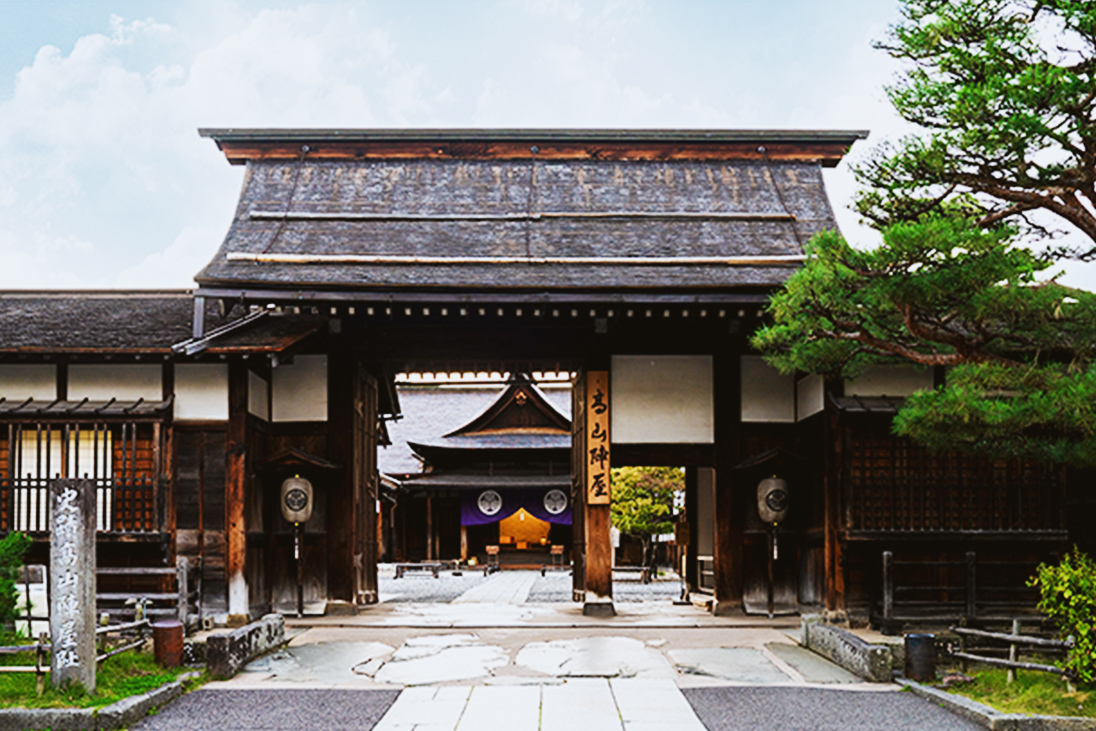
Takayama-Jin’ya is Takayama’s iconic architecture which boasts the significant popularity as one of the greatest tourist spots in Japan. However, many people cannot tell what kind of building it is like even if they hear the name “Takayama-Jin’ya”.
Let’s learn about Takayama-Jin’ya thoroughly so that we can enjoy it to the fullest when we finally visit!
How to go to Takayama-Jin’ya
Takayama-Jin’ya is located about a 10-minute walk from Takayama Station on the JR Takayama Line.
On the way there is a beautiful street called Sanmachi Dori, which is designated as a Nationally Important Preservation District for Groups of Traditional Buildings and which nostalgic scenery is still carefully preserved.
What’s Takayama-Jin’ya all about?
Takayama-Jin’ya is a very popular tourist destination, but I don’t think many people know what it is like when they hear its name. In fact, before I passed the National Examination for Guide Interpreters, I knew the name, but I had no idea what kind of building it was.
Takayama-Jin’ya is the administrative center of the territory under the direct control of the Tokugawa Shogunate.
You can imagine easily that there is a city hall in your city which is quite familiar to you, don’t you? Takayama-Jin’ya, in modern terms, was a city hall, where you sometimes go to get your resident card, apply for subsidies, or file complaints.
You can also think of it as a prefectural office, ward office, city hall, or a branch of the national office such as a legal affairs bureau or tax office.
The significant difference between Takayama-Jin’ya and those public facilities is that Takayama-Jin’ya also included a police organization.
Another big difference is that Takayama-Jin’ya was directly under control of an highly authorized organization called “Tokugawa Bakufu (Shogunate)” in the country at that time.
Things to see in Takayama-Jin’ya
Now that we found out Takayama-Jin’ya was one of the national office in the old times, then let’s enjoy seeing the inside.
Entrance Way / Large Alcove
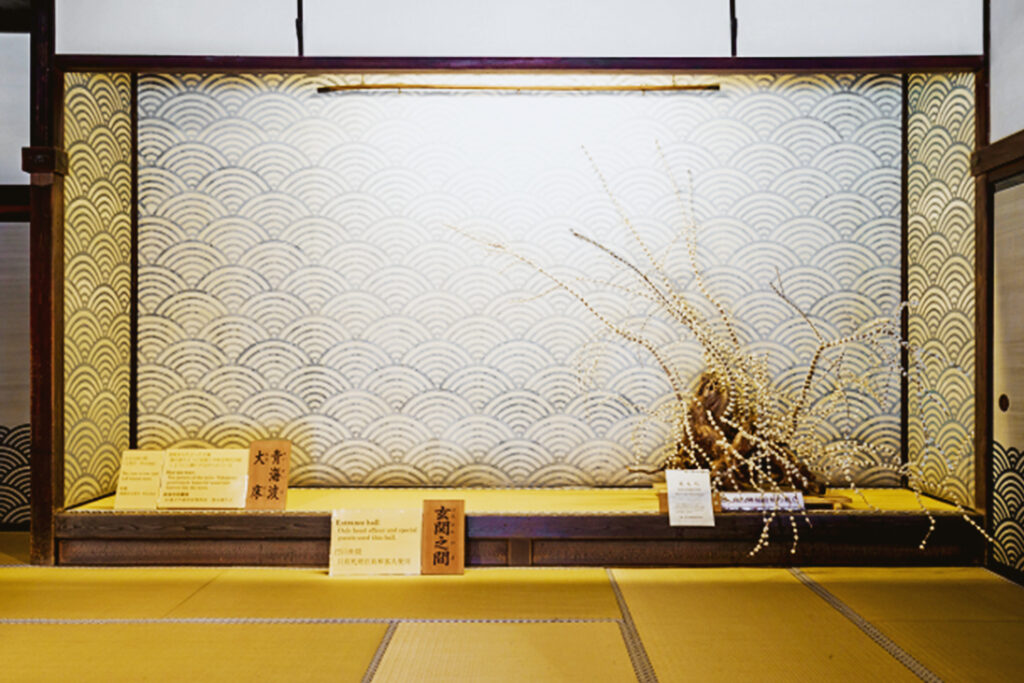
In fact, there were seven entrances in Takayama-Jin’ya, and the entrances were differentiated by the status of the visitor. This entrance, located in front of the Takayama-Jin’ya, was only open to the magistrates and other high-ranking officials dispatched by the shogunate.
By the way, the difference in formality is evident not only in the entrance, but also in the edges of the tatami mats, so if you are interested in it, please take a closer look.
As modern people, we can normally enter through this entrance. The first thing you can see is the “Seigaiha pattern” on the large bed. Seigaiha literally means waves from blue ocean. As the name suggests, Seigaiha Wave imitates ocean waves. It is said that this pattern was very popular during the Edo period, and was painted with a prayer for continued prosperity and peace in the future.
Reception Hall
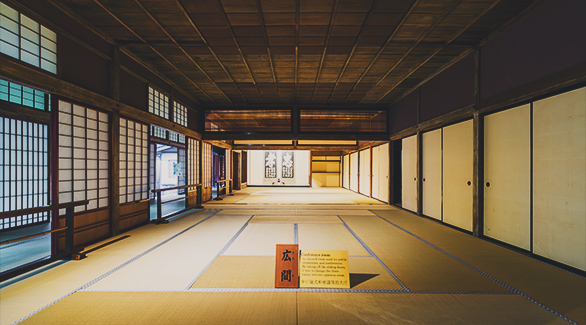
The Great Hall was used for public meetings and annual events such as New Year’s Day.
This is a very large room that can be divided into three rooms by sliding doors. The view you can see from here may be familiar in historical dramas and historical movies.
Government Office
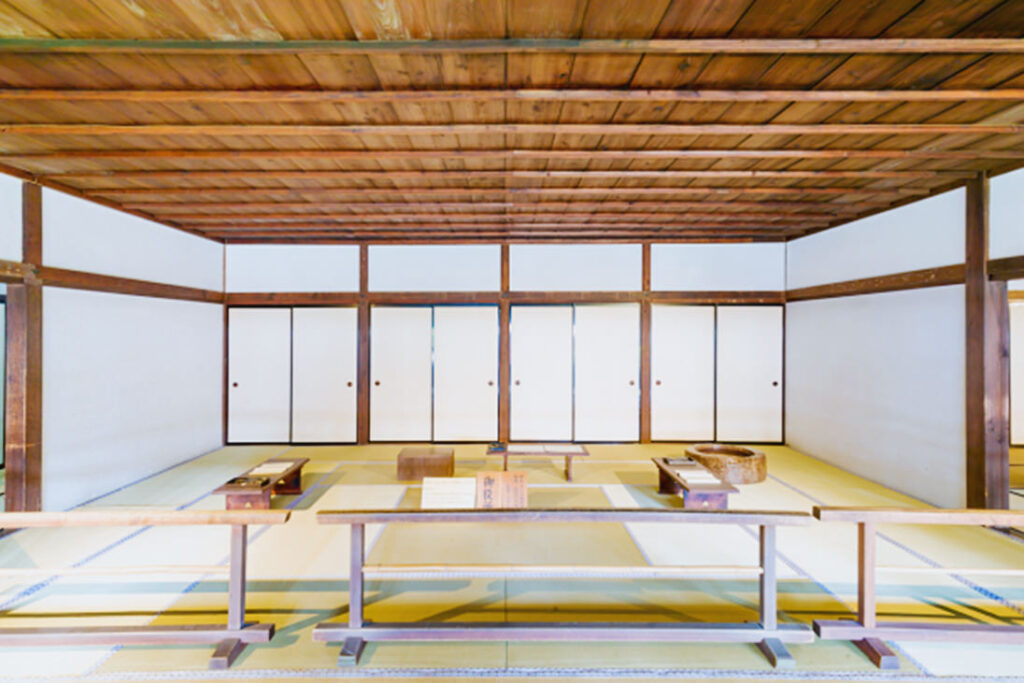
This room plays a central role in Takayama-Jin’ya. Here, lower-ranking samurai, who were subordinate to the magistrate, carried out many tasks related to local administration, such as tax collection, forest management, police, and court cases.
Law Court / Interrogation Room
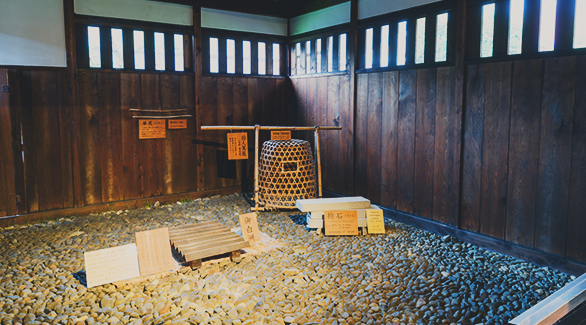
Those rooms were used for interrogations in criminal cases, and the Gohakusu room was used to receive direct complaints in civil matters. It feels like what we would now call a city hall counter and a police interrogation room combined. It’s quite different from modern times.
Rice Storehouse
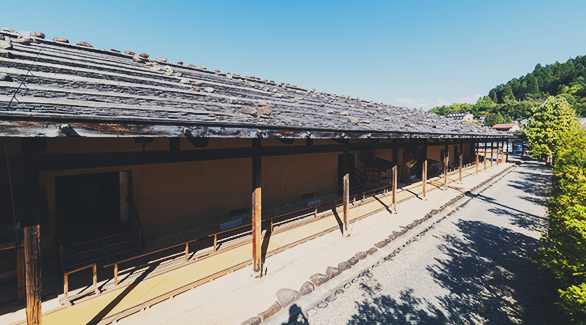
This was used as a storehouse to store annual tax rice. This structure has remained the same for over 300 years since it was moved from Takayama Castle in 1695.
Living Room of Magistrates
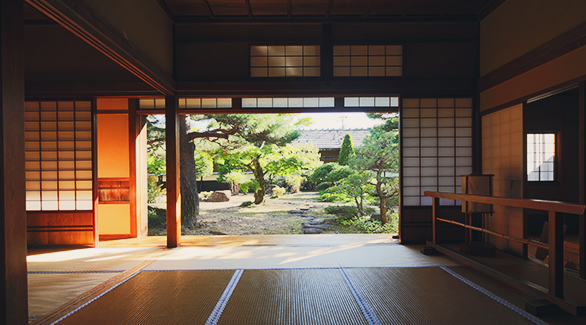
This is the magistrate’s living room. For some reason, this is the only one that was restored in 1996. It’s a very prestigious room with a garden.
Jinya Morning Market
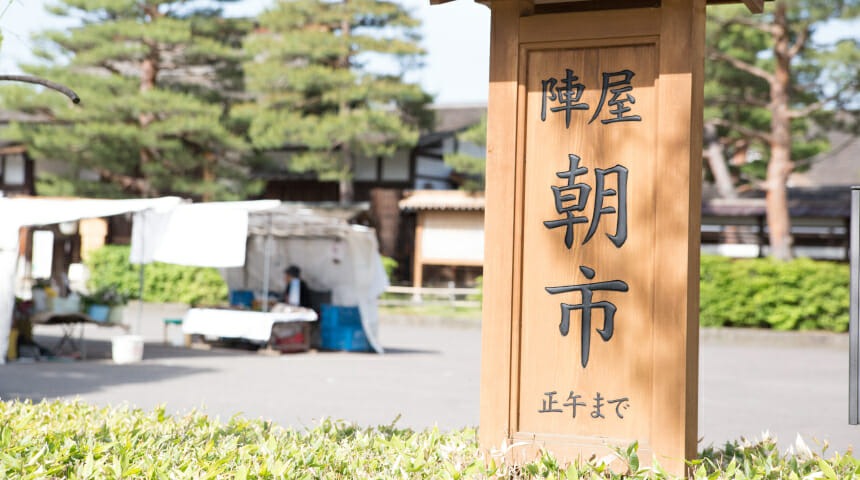
If you visit Takayama Jin’ya between 7:00 and 12:00 (8:00-12:00 in winter), you can see the morning market with vibrancy.
It is a long-lasting morning market which originated in the Edo period. The market sold rice, silkworm and flowers. In later yerars, it became one of the important markets in Hida region as a hub which connects Nagoya metropolitan area and Hokuriku region.
It is also fun to see the difference between Jin’ya Morning Market and Miyagawa Morning Market.
So far I have introduced Takayama-Jin’ya. how did you get impressed?
I assure that the more you may get the in-depth information about the structure, the more attractive the tour inside will be.
So please enjoy the tour. Bye for now!


